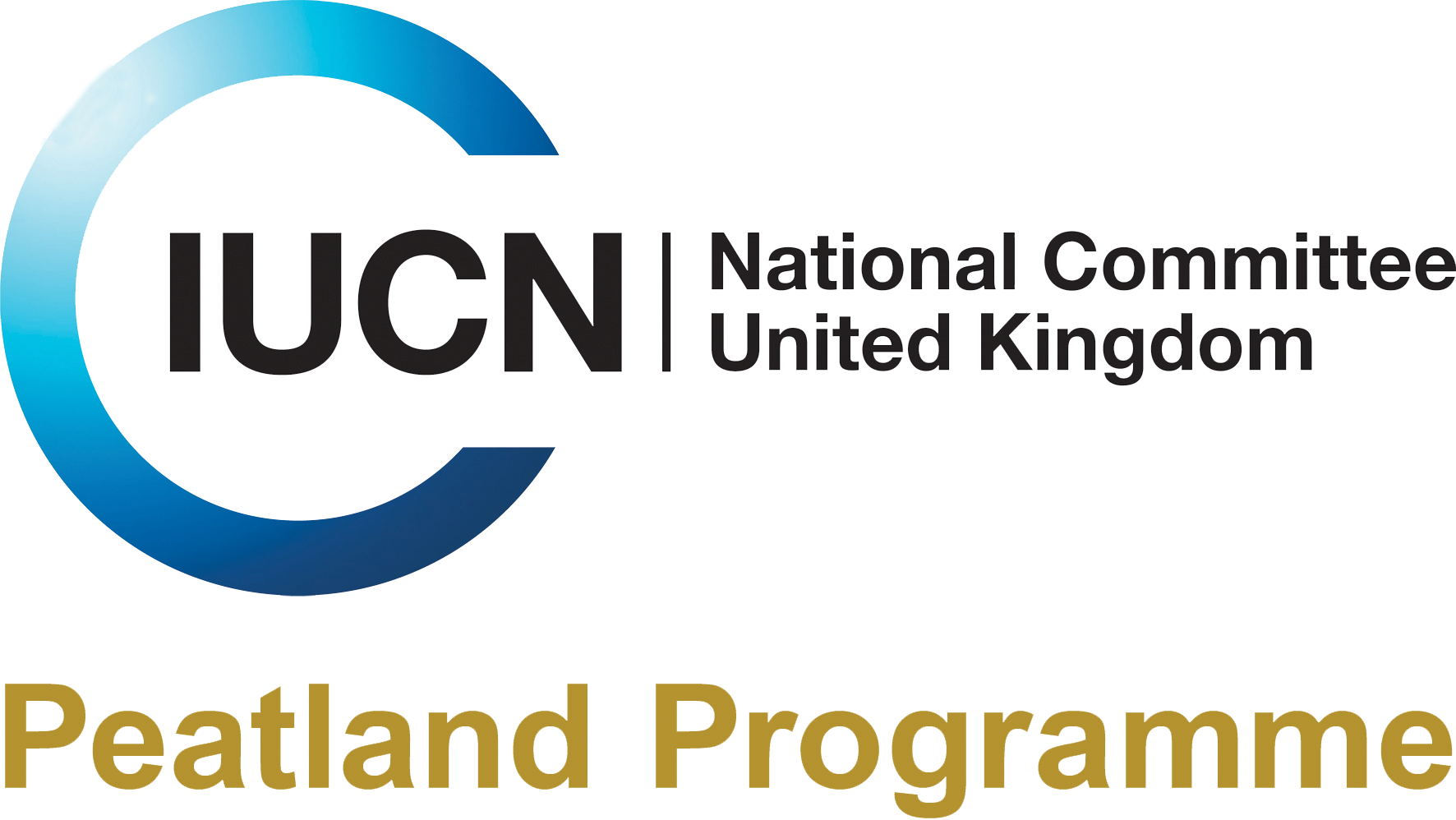Search
Search
Climate change and UK birds – a focus on peatlands
The British Trust for Ornithology (BTO) launch a new report on the impacts of climate change on UK birds timed to coincide with CoP26.
Experts joins forces to stop bogs going down the drain
Scientists, land managers and industry officials are set to join forces in Edinburgh today (3 November) as a Commission of Inquiry investigates the steps needed to repair our important peatbogs…
Climate regulation
Peatland Pavilion featured at UN Climate Change Conference (COP26)
The Peatland Pavilion provided a hub for highlighting the important role that peatlands play around the globe at the United Nations Framework Convention on Climate Change 26th Conference of the…
Resources
Committee on Climate Change Report on Land Use: Policies for a Net Zero UK
Climate Change Committee publishes first ever in-depth advice on UK agricultural and land use policies.
Bog Day resources
Climate solutions from peatlands to parasites
As world leaders arrive in Glasgow for the UN Climate Change Conference (CpP26), scientific experts have created a virtual tour showcasing research to tackle Scotland’s climate crisis.
Peatlands and the climate emergency
2019 has seen all four devolved governments across the UK declare a climate emergency.
The importance of peatlands in protecting urban areas in a warming world
Greater Manchester chosen as a global Resilience Hub for its policy and advocacy work on climate and disaster risk reduction by the Making Cities Resilient 2030 initiative.
Climate friendly gardening
There are plenty of ways you can take action against climate change in your own backyard or local greenspace.
